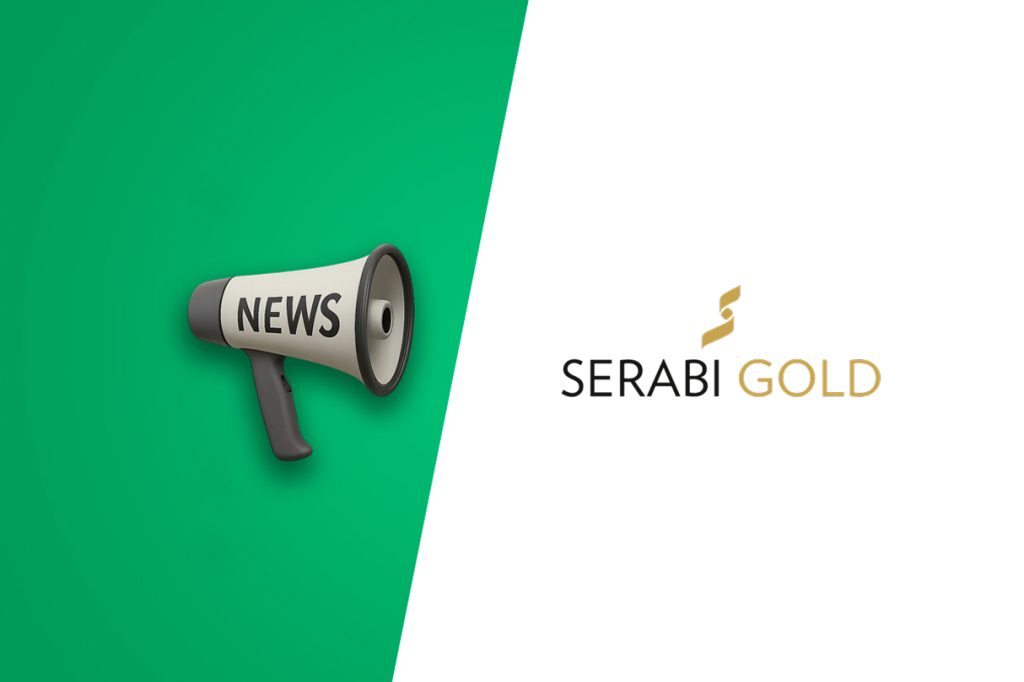Serabi Gold has filed its detailed NI 43-101 Technical Report for the Palito Complex, validating updated mineral resource and reserve estimates effective March 31, 2025. The report, prepared by NCL Ingeniería y Construcción SpA of Santiago, Chile, received approval from three qualified persons under National Instrument 43-101 standards.
The filing coincides with record production figures for the company. Serabi achieved 10,532 ounces of gold in Q2 2025, representing a 17% year-over-year increa
...
Serabi Gold has filed its detailed NI 43-101 Technical Report for the Palito Complex, validating updated mineral resource and reserve estimates effective March 31, 2025. The report, prepared by NCL Ingeniería y Construcción SpA of Santiago, Chile, received approval from three qualified persons under National Instrument 43-101 standards.
The filing coincides with record production figures for the company. Serabi achieved 10,532 ounces of gold in Q2 2025, representing a 17% year-over-year increase and marking the highest quarterly output since operations recommenced in 2013. Year-to-date production stands at 20,545 ounces, slightly ahead of budget.
“We have followed a strong first quarter with an even better second quarter,” said CEO Mike Hodgson. “Year-to-date, that gives total gold production of 20,545 ounces, slightly above budget and leaving us tracking guidance.”
The company maintains its 2025 production guidance of 44,000-47,000 ounces, demonstrating confidence in its operational trajectory. Beyond production volumes, Serabi also reported over 3,850 meters of horizontal development for the quarter—a 10% increase from Q1 and the highest quarterly development since operations commenced.
Serabi’s financial position has strengthened considerably, with cash holdings of $30.4 million at the end of Q2, up from $26.5 million at the end of Q1. Net cash after interest-bearing loans and lease liabilities stood at $24.6 million, reflecting positive operational cash flow generation and confirming the company’s self-funding capabilities.
The Palito Complex, Serabi’s foundation asset, has been in operation since 2014 and consistently produces 30,000-40,000 ounces annually. The facility features a daily plant throughput of 650 tonnes and achieves gold recoveries exceeding 90%. Infrastructure advantages include hydroelectric power from the Curua River near Novo Progresso, with backup generators available if needed.
The complex employs advanced ore sorting technology that uses both color and X-ray scanning to identify sulfide ore, primarily chalcopyrite and pyrite. This technology minimizes waste material entering the processing plant, maximizing operational efficiency.
Serabi’s growth strategy centers on the Coringa Gold Project, located 200km south of Palito and 70km southeast of Novo Progresso in Pará State. Acquired from Anfield Gold Inc. (now part of Equinox Gold) in December 2017 for $22 million, the project is set to contribute significantly to production in 2025 from two orebodies—Meio and Serra.
The company has implemented an innovative approach at Coringa, with high-grade ore directly trucked to the Palito plant while low-grade material passes through an ore sorter before transportation. This strategy reduces transported mass by 45-50%, improving economics while minimizing capital requirements.
However, challenges exist at Coringa, particularly in the Meio zone, where development rates have been slower than initially planned due to weaker ground conditions compared to the Serra zone. Despite these challenges, Hodgson noted that “grades are very encouraging” in the Meio zone.
An aggressive exploration program is underway, with four drill rigs currently operating—two at Palito and two at Coringa—targeting approximately 30,000 meters of drilling for 2025. The program aims to increase Serabi’s mineral inventory from approximately 1 million ounces to more than 1.5 million ounces.
“The second quarter also saw our brownfield exploration programme gather pace,” Hodgson stated. “The first results were published early in the quarter, with very encouraging results.”
At Coringa, 13,800 meters of the planned 16,000 meters have been completed across 64 drill holes, with 25 returning grades exceeding 3.0 g/t gold. The company has also completed a 90-kilometer Induced Polarisation survey that identified several new targets. Serabi plans to update its Mineral Resource Estimate for both properties in Q1 2026 after completing the current program in December.
The company operates in the vast, underexplored Tapajós mineral province in northern Brazil, an area with over 30 million ounces of historic gold production. Serabi maintains 84,000 hectares of exploration tenements in this highly prospective district, characterized by Proterozoic granites and rhyolitic volcanics.
Looking ahead, Serabi has clear production targets: 44,000-47,000 ounces in 2025, 60,000 ounces by 2026, and ambitions to exceed 100,000 ounces thereafter. This represents a potential 70% production growth by the end of 2025, building on over 10 years of continuous gold production from the Palito Complex.
The company’s environmental approach includes detoxifying plant tailings before pumping them to one of two 200,000-tonne capacity tailing ponds. After settlement and recovery of process water, ponds are excavated for reuse, with dry inert tailings stacked or used for site remediation activities.
For investors evaluating gold producers in emerging markets, Serabi presents a compelling case with its combination of operational momentum, financial strength, exploration upside, and clear strategic vision in the promising Brazilian gold sector.


